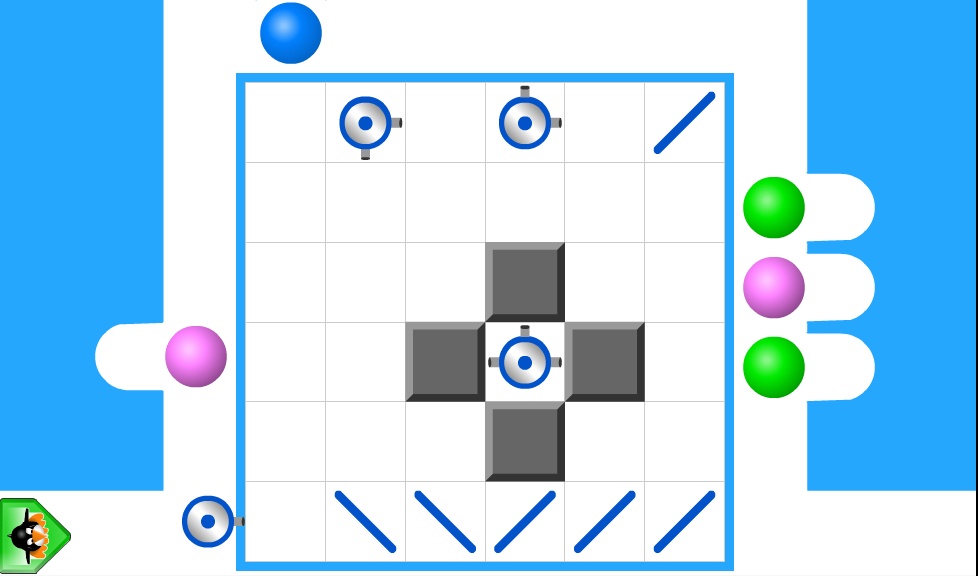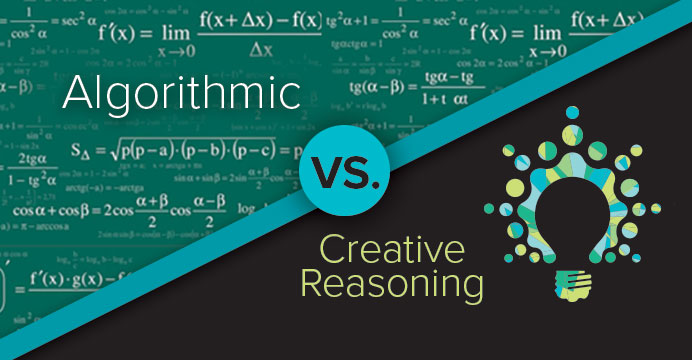I still remember walking into the computer lab as a 4th grader, eager to play ST Math with my friends. There was something about those puzzles—figuring them out together felt less like schoolwork and more like a game we all wanted to win. We’d walk around the math lab, helping each other, sharing strategies, and celebrating each success. Those moments of fun teamwork were what made me start loving math. It wasn’t just about getting the right answer; it was about the joy of solving problems together.
ST Math was the launching-off point for my love for math, and I found myself teaching math to my friends in middle school, high school, and even college. Not everyone has the same math “origin story” as I do, but I believe teachers can engage a wide range of students by making math playful, like it was in my elementary school, and by connecting math with the world outside the classroom.

Connecting Math with the Real World
Another pivotal moment in my math journey came in high school statistics class. I discovered that I could use statistical analysis to answer questions about the real world. I remember working on a project where we analyzed clinical trial data. I found it fascinating that I could look at clinical trial statistics and tell which medications would be most effective for millions of people.
That connection with the real world was one of the biggest reasons why I decided to pursue a master’s degree in statistics and ultimately joined MIND as a data analyst. Math became more than a subject. It was a tool for understanding and shaping the world around me.
Making Math Tangible—and Fun
I fell in love with math in the moments when I took something theoretical—numbers, formulas, and figures—and turned them into something I could see, feel, and interact with alongside my peers.
One example of how to make math more “real” is to use something physical, like blocks or balls to represent numbers and operations. Instead of having students memorize that 3+3 = 6, show them what that looks like with something they can hold and move. Or use common examples of how math works in real life, like when you’re cooking and using fractions. Asking students to decipher measurements in a story problem is all well and good, but how about giving them the opportunity to actually cook something and make their calculations lead to a delicious meal?
Physical activity is another way to make math tangible. Counting out sets of exercises is multiplication! If you do 3 sets of 5 jumping jacks, how many is that? Even angles can be taught by talking about making right angles (or other types of angles) with leg raises or lunges.
In later grades, when students start thinking about their future careers, math becomes powerfully relevant. Having a background in math opens the door to careers such as engineering and finance, and those connections will ignite some students’ passion for math.
The Joy of Learning Together
Looking back, what sparked my passion for math was how it was presented to me —with joy, collaboration, and real-world relevance. If more math classes could be like science classes, where students are engaged in experiments and labs and moments of discovery, I think we’d see more students fall in love with math. Those “a-ha!” moments, when everything clicks, are what make math come alive and give me the enthusiasm for the subject I love.



